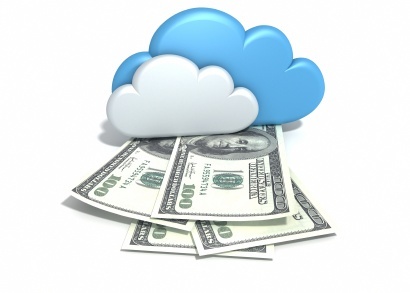Data is Money

 In Advice to a Young Tradesman, Written by an Old One, America’s scientist-sage, Benjamin Franklin, created the aphorism, time is money, which has now become a baseline element in almost all business thought. However, a corollary for today would be, “data is money.” That’s particularly true in software.
In Advice to a Young Tradesman, Written by an Old One, America’s scientist-sage, Benjamin Franklin, created the aphorism, time is money, which has now become a baseline element in almost all business thought. However, a corollary for today would be, “data is money.” That’s particularly true in software.
Applications come and go, and some are better at one task than another. But data, especially today, when big data has become a familiar phrase, is what ultimately drives monetization: More and better data.
RedMonk analyst Stephen O'Grady pointed out in a recent blog post that of the top technology companies most make more money from the use of their software than from actually selling their software. He noted that of the top 55 tech companies that he tracked, 21 derived most of their revenue from the sales of software, while 34 did not. The differences were even more pronounced among the companies with the highest revenue. Companies that only sell the software – haven’t begun to touch the growth and revenue of companies that leverage the data behind the software – think Facebook and Google. They create software but their business value is that they are keepers of or intermediaries for data.
I read recently in the New York Times about the crop of startups that are seeking to monetize data related to you and your mobile device. AT&T, for example, is selling your data footprint in the expectation that entrepreneurs will find new ways to leverage things like locational information and activity patterns for new kinds of functionality – or maybe for more effective advertising.
The challenge now for developers is that the data isn’t always where we would like it to be or in the form we are most comfortable using. In the past, data was typically resident on some servers and their direct-attached-storage. You could access the data, you just needed a driver and you needed to write some SQL code so you could talk to the different databases such as MySQL, Postgres, or DB2. Or maybe you would choose to leverage a great driver from DataDirect to simplify the process. Nowadays, data comes from sources internal and external. A lot of it lives in SaaS environments that you don’t control directly – SalesForce.com, for example.
The point is, data drives value, but you need the -fr -pl3 -pb3 skills and technology to grab that data – across formats, applications, and types of infrastructure. This fact magnifies the importance of tools and techniques that can bridge the divide. Integration is no longer an option, no longer something that happens sometimes – it is a cornerstone for building applications and delivering value.

